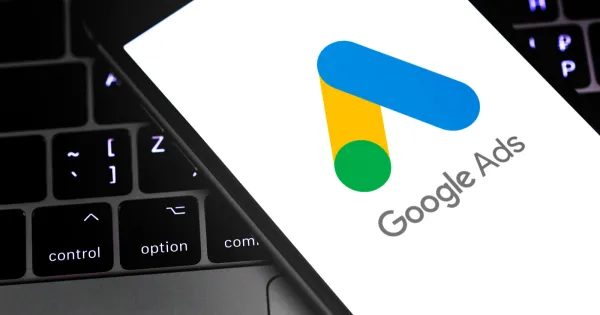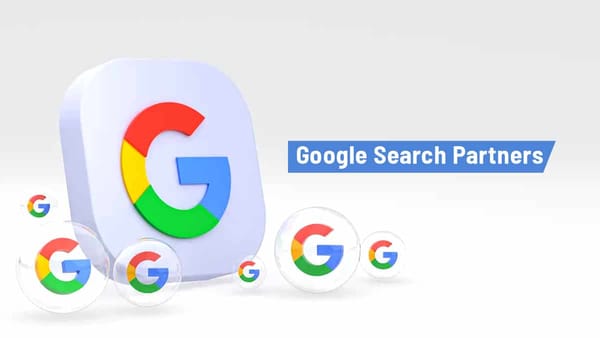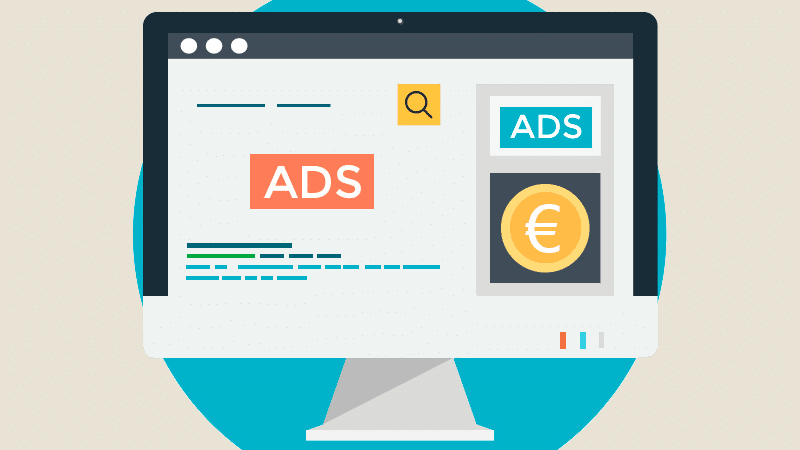Is Web Design a Good Career? Exploring Opportunities and Growth in the Industry

Introduction
Web design has been a cornerstone of the digital revolution, shaping how businesses, brands, and individuals present themselves online. As the internet continues to evolve, the demand for skilled web designers remains high. But the question remains: Is web design a good career? Whether you are considering entering the field or exploring a career change, this article will examine the benefits, opportunities, and challenges of pursuing a career in web design.
What is Web Design?
Web design involves creating and maintaining the layout, structure, and aesthetics of websites. It encompasses everything from the visual appearance and user interface (UI) to the navigation and functionality of the site. A web designer ensures that a website is not only visually appealing but also user-friendly, accessible, and optimized for performance across various devices.
Web design can be broken down into several areas, including:
- UI/UX Design: Focusing on the look and feel of the website, as well as ensuring a smooth user experience.
- Responsive Design: Designing websites that function seamlessly on desktops, tablets, and mobile devices.
- Graphic Design: Creating visual elements like logos, icons, and banners.
- Front-End Development: Using HTML, CSS, and JavaScript to bring the design to life.
Is Web Design a Good Career? Key Benefits
- High Demand for Web Designers
As more businesses move their operations online, the need for web designers continues to grow. Every company, regardless of industry, needs a website that attracts and engages customers. According to various employment reports, the demand for web design professionals is expected to remain strong in the coming years.- Growing Digital Economy: The increasing number of businesses launching online and the shift to e-commerce have created a consistent demand for web designers.
- Remote Work Opportunities: Many web design roles offer flexible working arrangements, including remote opportunities, giving designers the ability to work from anywhere in the world.
- Creative Freedom and Problem-Solving
Web design offers a perfect balance between creativity and technical skills. Designers have the freedom to express their artistic ideas while solving complex problems, such as making a website accessible, optimizing it for speed, and ensuring that it works across multiple devices.- Creative Expression: As a web designer, you’ll have the opportunity to use your creative vision to craft visually appealing websites that stand out from the competition.
- Problem-Solving: Designing a website that’s not only beautiful but also functional requires strategic thinking and attention to detail.
- Good Salary Potential
Web designers are compensated well for their skills, especially as they gain experience and develop specialized expertise in areas like UX/UI design or front-end development. According to industry reports, web designers can earn a competitive salary, with opportunities for higher pay as they move into leadership or senior roles.- Competitive Salary: Junior web designers can start with a decent salary, and with experience, they can move into higher-paying positions like senior designer, lead designer, or creative director.
- Freelance Opportunities: Many web designers also work as freelancers, giving them the flexibility to set their own rates and choose their clients.
- Constant Learning and Growth
The digital world is constantly evolving, and web design is no exception. With new tools, technologies, and design trends emerging regularly, web designers are always learning. This ensures that the career remains exciting and dynamic.- Innovative Technologies: Web designers have access to cutting-edge design software and technologies that push the boundaries of what’s possible in web development.
- Continuous Skill Development: Whether it’s learning new design principles or mastering coding languages, there’s always something new to explore in web design.
- Work in Various Industries
One of the most appealing aspects of web design is the ability to work across various industries. From tech startups and creative agencies to retail businesses and non-profits, every organization needs an effective online presence.- Versatility: Web designers can specialize in a particular industry or work with clients across different sectors, offering variety in their day-to-day work.
Challenges in Web Design as a Career
While web design offers many opportunities, it’s important to consider the challenges as well:
- High Competition
The web design field is competitive, especially as more people enter the industry. To stand out, aspiring designers need to continuously improve their skills, build an impressive portfolio, and stay updated with the latest trends and technologies. - Keeping Up with Trends
The world of web design is always evolving, with new tools, design trends, and technologies emerging regularly. Designers must continuously learn and adapt to stay relevant and deliver modern, effective websites. - Client Expectations
As a web designer, you will often work closely with clients who may have specific expectations and visions for their websites. Managing client feedback, revisions, and deadlines can be challenging, especially in freelance roles where you juggle multiple projects at once.
How to Start a Career in Web Design?
If you’re considering a career in web design, here are some steps to help you get started:
- Learn the Basics
Understanding design principles, such as color theory, typography, and layout, is essential. Additionally, familiarize yourself with tools like Adobe XD, Figma, and Sketch, as well as coding languages like HTML, CSS, and JavaScript. - Build a Portfolio
A strong portfolio showcasing your best work is critical for landing clients or securing a full-time job in web design. Start by designing websites for personal projects or local businesses to build up your portfolio. - Stay Updated with Industry Trends
Web design trends change frequently, so it’s important to keep learning. Follow blogs, take online courses, and participate in design communities to stay updated with the latest tools and techniques. - Gain Experience
Whether it’s through internships, freelancing, or working on personal projects, gaining hands-on experience will help you refine your skills and build credibility in the industry.
Conclusion
Web design is a dynamic and rewarding career that offers a blend of creativity, problem-solving, and technical expertise. With the ever-growing demand for skilled designers and the continuous evolution of the digital space, web design presents ample opportunities for career growth, financial stability, and personal satisfaction. Whether you’re looking to work for a company or start your own freelance business, web design is a great career choice for those passionate about creating beautiful and functional digital experiences.
By developing the right skills, staying updated with trends, and continuously improving your craft, web design can be a fulfilling and lucrative career path.




